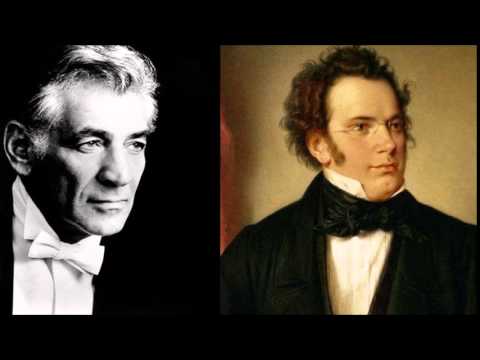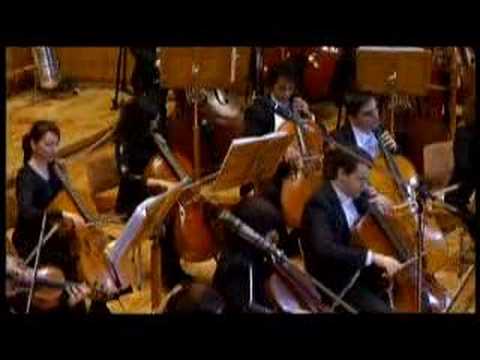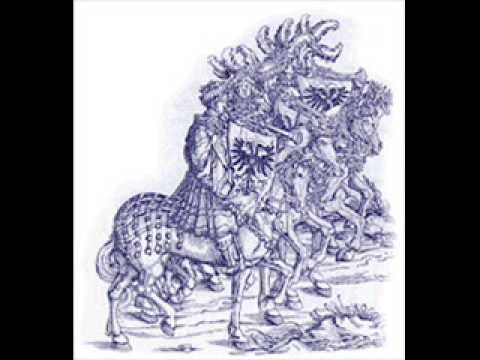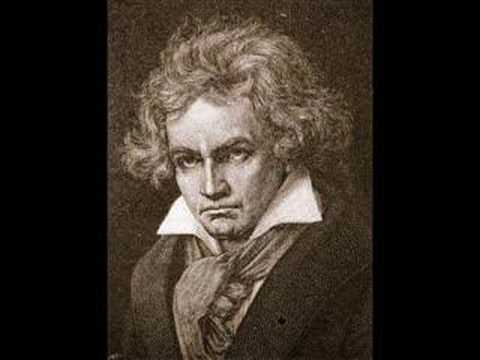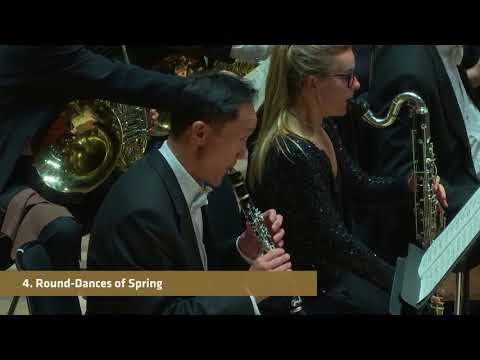Franz Schubert’s Symphony No. 8 (sometimes identified as No. 7) really is unfinished. A symphony traditionally has four movements; Schubert completed two movements but then abandoned the project for reasons that are not clear. However, he did sketch a third movement. Various composers have “completed” the symphony based on that sketch, and their interpretation of the first two movements, but for all intents and purposes, Symphony No. 8 remains truly unfinished.
This beloved symphony is better known as “From the New World” or “New World” because the famed Czech composer from Bohemia composed this masterpiece in 1893, while he was staying in America. However, the nickname is somewhat misleading, because while he composed it in America (a.k.a. the New World), it’s not an exclusively American symphony. While American Indian and black American themes inspired the symphony, it has as much, if not more, influences from his native Bohemia. Leonard Bernstein said it best when he described the 9th as “multinational.”
During World War II, the conductor of the Cincinnati Orchestra asked Aaron Copland to create a fanfare to be used to introduce concerts. The conductor had suggested a salute to the common soldier, after similar pieces created by English composers during the First World War, but Copland, instead, sought to make a salute to the Four Freedoms (freedom from fear, want, religion and speech & expression). Finally, he settled on making a salute to the common man. At the orchestra leader’s suggestion, it premiered during income tax season in 1943. Copland later turned the Fanfare into the theme for the fourth movement of his Third Symphony. The now-familiar Fanfare can be heard at rock concerts, the Olympics and political campaign events.
Sometimes, it’s hard to fathom that tunes such as “Row, Row, Row Your Boat” and “Happy Birthday” were actually composed. Even the “wha-wha-waaaah” played on the trumpet was composed! Such is the case with Felix Mendelssohn’s wedding march, part of his incidental music for his A Midsummer Night’s Dream. Most people would recognize this march as the music played for a newly-married couple’s recessional. Watch this video on YouTube
Georges Frederic Handel composed three suites to accompany England’s George I, as he and his companions sailed on the Thames River. Handel premiered his compositions in 1717, and, supposedly, the king loved the pieces so much that he had the 50 musicians play them continuously for hours. (That had to hurt.) Thirty years later, Handel composed the Royal Fireworks Suite at the behest of the court of George II, to promote the unpopular treaty ending the War of Spanish Succession. Humorously, during the first official performance of the Fireworks Suite, an elaborate stage built for the show caught fire.
Dubbed the Eroica symphony, which means “heroic” in Italian (not “erotic”), Beethoven’s 3rd Symphony was initially his tribute to Napoleon, whom he admired. But when Napoleon crowned himself emperor in 1804, Beethoven angrily declared that Napoleon had become a tyrant and tore out the score’s title page dedicating the symphony to the general-turned-emperor. The Eroica was the first work of Beethoven’s in which he finally arrived at the peak of his composing abilities.
If you believe the fantastic 1984 movie “Amadeus,” then Mozart’s rival, Salieri, plotted to kill Mozart while helping the younger artist compose the Requiem, as Mozart lay dying. The truth is somewhat different, and the Salieri plot is a creative fiction. The youthful genius apparently completed only the first movement sometime before his death, while the remaining outlines were completed by others. How much Mozart actually did before he died is still subject to much debate.
As you may know, Beethoven eventually lost his hearing. The maestro composed some of his later pieces while literally pounding the piano with his ear close to the keys. When he premiered his magnificent 9th Symphony, he conducted it without hearing a single note. Because of his deafness—and perhaps the fact that he had not conducted in public for 12 years—Beethoven’s conducting was sporadic and unsynchronized with the orchestra. A member of the orchestra even had to turn him around so that he could see the enthusiastic approval of the audience.
People with a passing knowledge of classical music would know this one: Igor Stravinsky’s ballet of pagan springtime rituals sounded, and looked, so bizarre to early 1900s audiences that during its first public performance the audience rioted. It didn’t help matters that the composer and his choreographer came to despise one another. The dance steps, costumes and intricate music didn’t sit well with some in the audience. Soon, supporters and detractors started fistfights, which degenerated into a riot—even though many could no longer hear the music. Musicians were even assaulted. Think about that the next time you hear of an audience going crazy at a rock or rap concert.
I was actually a little dismayed when I first learned a bit of trivia about this Franz Liszt symphonic poem some years ago, because it’s one of my all-time favorite compositions. However, none other than the Nazis used parts of Les Preludes to be the official theme song for the propagandistic German Weekly Newsreel service, circa 1940-1945. (Can you imagine watching news footage of Luftwaffe Stukas dive-bombing Soviet troops and towns with The Prelude blaring, just like Wagner’s Ride of the Valkyries was used during the helicopter attack in the movie Apocalypse Now?)
